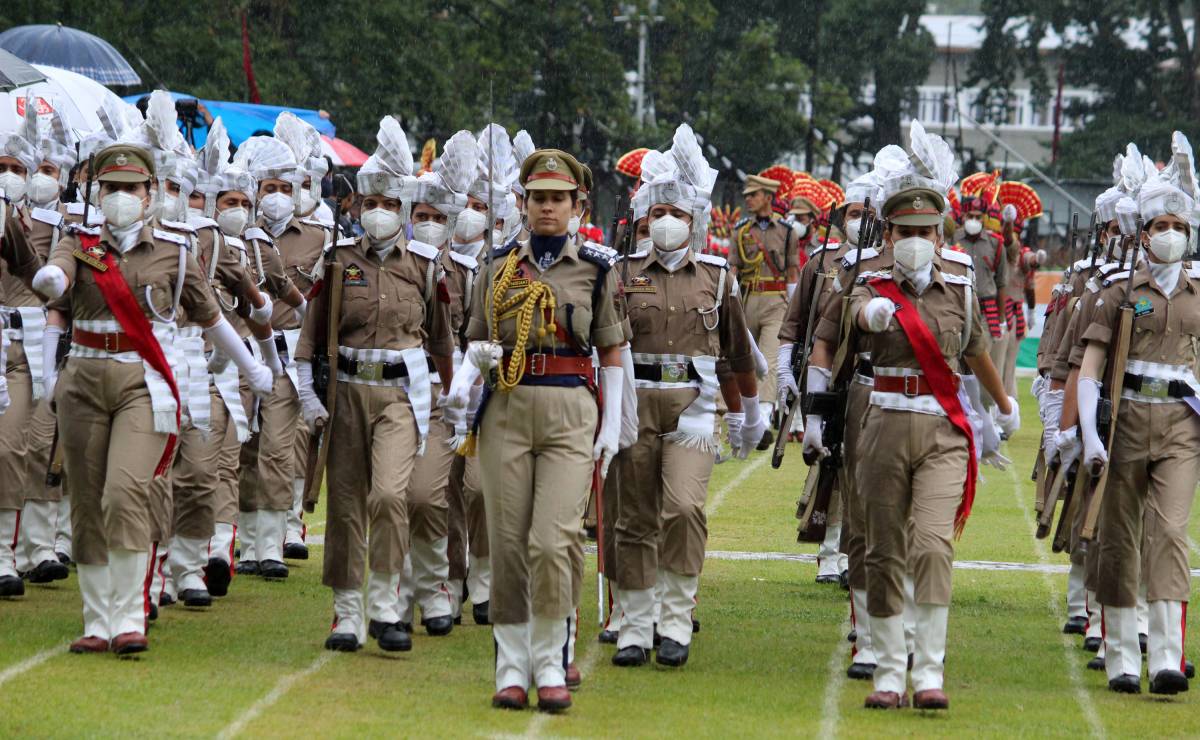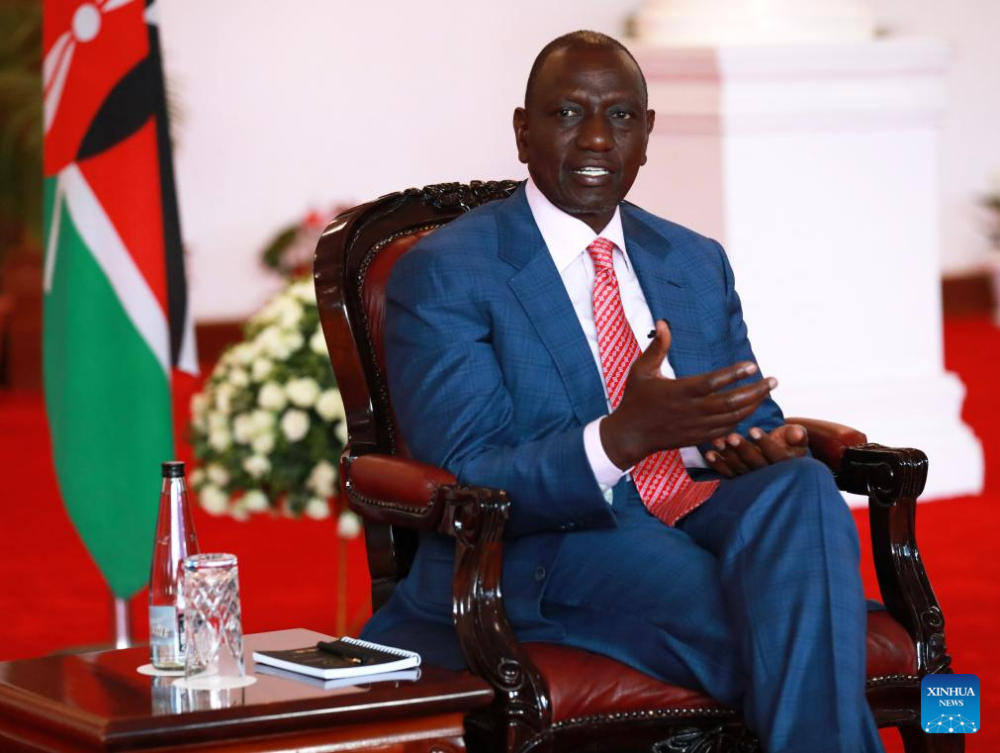After the historic decision of suspension of Article 370, however, the last two years have seen immense strides in the arena of infrastructure, a few of which are mentioned herein as well….reports Asian Lite News
For any society to function effectively infrastructure and development based on constructive ideas of cohesion and coordination is the way forward.
No aspect of society can remain functional without proper infrastructure and development. However, despite being labeled as the ‘crown’ of India, the erstwhile state of Jammu & Kashmir was never adequately served with developmental prospects that one would ordinarily be taken for granted in any urban metropolitan city.
Owing to fuelled separatism in the region, cross-border terrorism as well as lack of vision on the part of the state leadership, no real push towards building connections between the rest of India and the northernmost areas could take place. After the historic decision of suspension of Article 370, however, the last two years have seen immense strides in the arena of infrastructure, a few of which are mentioned herein as well.
Despite the fact that India is on the verge of completing 74 years of independence, most of its railway network is still from the colonial era and construction of new lines and new networks has gained momentum only in recent times. Kashmir valley, like many other areas of the country, is barely connected to other states. To change this anomaly, work has begun to build the highest railway bridge in the world.
At the cost of Rs. 1,327 crores, the Chenab bridge is being built under the Udhampur-SrinagarBaramulla Rail Link Project with the deadline of the year 2022. In addition, there are plans of seeking approval from higher authorities about building a corridor transit in and around the Kashmir Valley. In furtherance of the same, estimates show that a Light Metro Rail Transit Elevated Corridor is scheduled to be completed within the time frame of 4 years at a cost of Rs. 10,000 crores.
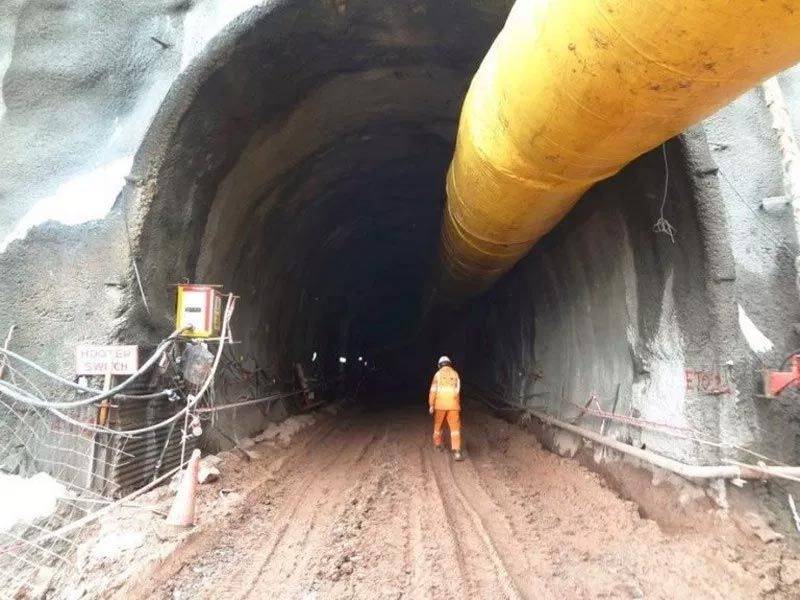
Therefore, it is clear that no stone is being left unturned by the authorities to make a real thrust towards ensuring better infrastructural facilities for the people of the region, something that was missing in the seven decades of rule under a separate legal and administrative machinery. Also, no area or region can witness a boost in its trade exports unless connectivity to that place is improved substantially. While building railway bridges and rail transit corridors is significant, it is also pertinent to note that within a short period since the taking over of the administration by the Government of India, major projects have been sanctioned to improve road infrastructure as well. Wasting no time in ensuring road access to every village of the country, the Pradhan Mantri Gram Sadak Yojana witnessed the laying down of about 3,000km of roads in a single year alone. A substantial chunk of this road building has been in areas that are undeveloped land stretches in and around the Kashmir valley.
Additionally, it is to be noted that the most significant aspect of the development journey of any area is to access how quickly one can become self-reliant or atmanirbhar. This holds true for any state or region working towards achieving maximum self-reliance as well. Towards that goal, a new Central Regional Plan has been framed with the target time frame of the next 15 years.
Tasked with the implementation of a new Industrial Promotion Scheme, the Plan seeks to create multiple opportunities for those in the sector of trade as well as micro-enterprises. In fact, through the same, the government seeks to establish a more balanced socioeconomic development model that can seep through to the block level as well. The idea is to create jobs to the tune of 5-6 lakhs and create a momentum that would help garner further capital investment in the areas of manufacturing and services. To give a fillip to the same, investments have been encouraged in sectors that would qualify as Zone A and Zone B respectively. However, a cause of grave concern for Jammu & Kashmir has been the number of pending projects that have remained so for years now.
Of the 2357 projects worth Rs. 7,000 crores, only 11 remained completed in the timeframe between the years 2013 and 2019. However, coinciding with the taking over of the administration by the Government of India, the period between September 2019 and March 2021 saw 1100 projects being completed and fully functional. What was surprising to note was the fact that of these 1100 that were entirely completed from scratch, 5 projects had been pending for the last 20 years whereas 165 of those were pending for the last 10 years.
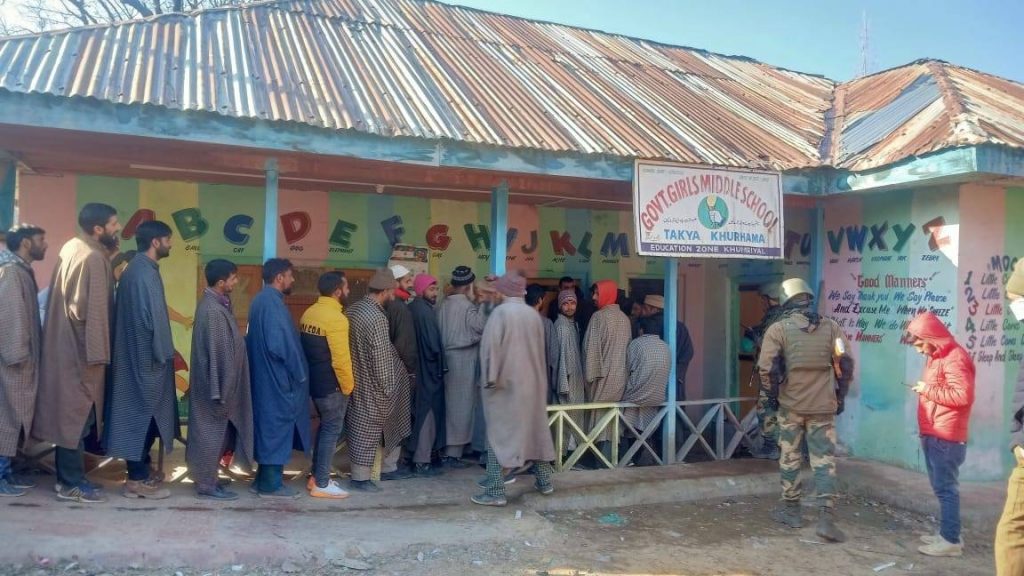
Those with any substantial chunk of administrative experience would understand how difficult it is to complete a pending project vis-a-vis a project that has just been sanctioned to be started afresh. Given the bureaucratic hurdles involved in the former, it becomes a nightmarish experience for the new contractors and officials to figure out where and why certain modalities had been decided upon and whether other technicalities were considered or not.
Despite these issues, two significant projects have been managed successfully are: the Qazigund- Banihal tube tunnel on the Jammu-Srinagar-Ladakh National Highway as well as the Z-Morh tunnel between Sonmarg and Gagangir in a very short span of time. Though the aforementioned would qualify as being planned and deliberated upon before being built, what no one foresaw was the extent of the damage that the pandemic would entail. After the multiple waves of attack by the invisible enemy, a mammoth 500-bed Covid19 facility was constructed in Srinagar by the DRDO in just 17 days.
ALSO READ: Next-gen controlling ‘family business’ of Kashmir narrative: Report
Equipped with all modern facilities, the facility was completely air-conditioned and powered a 24-hour oxygen supply for those in need. All state governments and bureaucratic machineries in the country are able to develop their own policies that would enable them to cater to the maximum possible citizens of their respective areas.
Though their competence or incompetence is judged on the parameters of developmental indices and infrastructural connectivity, what should really be considered and urgently taken into account is how readily the machinery was able to take up matters of urgent public interest/need, akin to how the administration in Jammu & Kashmir did while dealing with the looming pandemic, in the middle of a transition phase and a not so friendly environment. These initiatives and the approach undertaken till now have reaffirmed the faith of the people in the administrative machinery of the state, and made them believe that a significant boost to the infrastructural connectivity can be taken with the right intent and gusto.
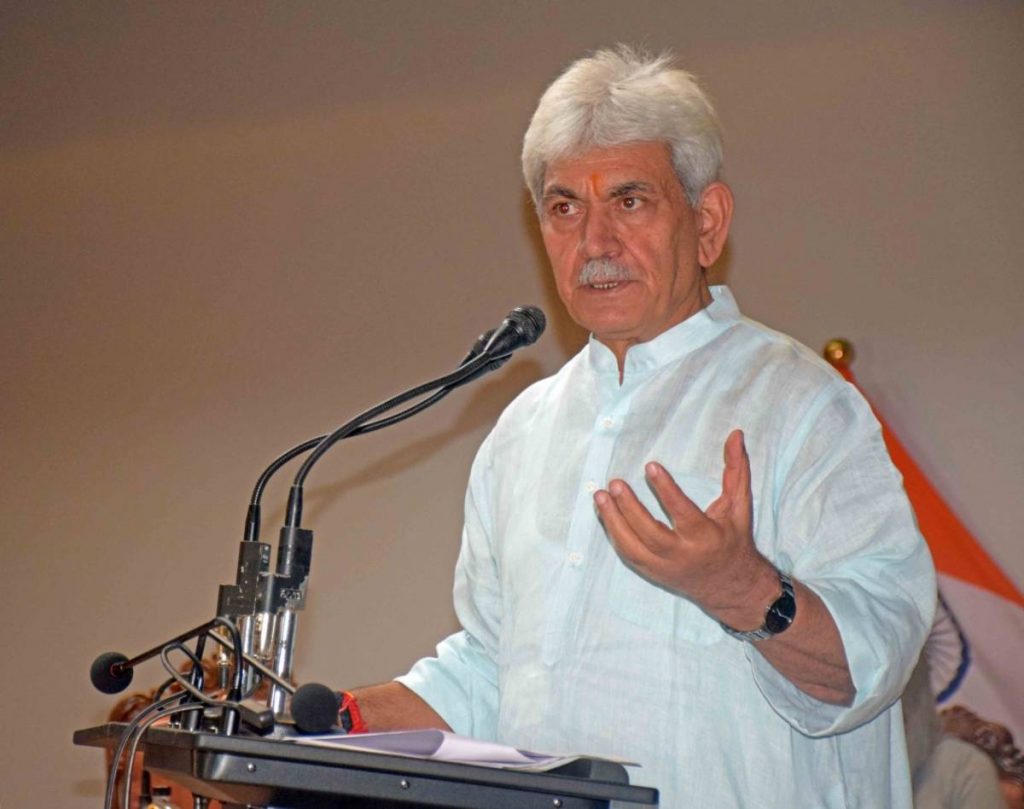
United India
All Central laws including legislations meant for protecting and promoting social, economic and political rights of women, children, under-privileged sections as well as those for ensuring transparent and accountable governance are now applicable in the Union Territory of Jammu and Kashmir. These laws include the Right of Children to Free and Compulsory Education Act, 2009, Maintenance and Welfare of Parents and Senior Citizens Act, 2007, The Right to Fair Compensation and Transparency in Land Acquisition, Rehabilitation and Resettlement Act, 2013, Scheduled Tribes and Other Traditional Forest Dwellers (Recognition of Forest Rights) Act, 2007 etc.
Grass-root democracy – Elections were conducted for District Development Councils in October -November 2020, with 51.7 percent voter turnout. Jammu and Kashmir amended the Panchayat Act for establishment of the 3rd tier of Panchayats at district level. Earlier, elections to Block Development Councils (BDC) were held for the first time in the history of J&K in October 2019 with 98.3 percent voter turnout. For the first time, womenbenefited from reservation that brought them into mainstream politics. Exposure and training visits for the newly elected BDC chairpersons and sarpanchs to other states have been conducted.
Nearly INR 1727 crore (USD 230 million) has been devolved through Panchayat institutions for rural employment through the MGNREGA scheme, mid day meals and other programs.
44 Digital village centres have been established at Gram Panchayat to provide internet access to rural areas as well as access to e-delivery of Government services.
The third phase of a unique participatory program ‘Back to Village’ which aims at delivering equitable development was conducted in October 2020. Over 70,000 ration cards were seeded with Aadhar while 50,000 families were covered under state -sponsored Health Insurance Schemes.
Under the same Back to Village program over 15,000 loans have been sanctioned which included 4600 loans for women entrepreneurs. To improve infrastructure in villages, over 20,000 development works have been identified directly by the people.
Under the Budget Estimation Allocation Monitoring System – information regarding funds released by the Government for developmental projects can be monitored, thus ensuring transparency in allocation and disbursement of Government funds.
An integrated grievance redressal and monitoring system was launched in September, 2020, to provide an online grievance redressal system to the people of J&K. Over 85,000 grievances have been received, with over 90 % grievances being satisfactorily dealt with.

B) Infrastructure Development
Under Prime Minister’s Development Package 54 projects have been identified with the investment of INR 56,261 crores (USD 7.5 billion). 20 of these projects have been completed/substantially completed. 13 more are likely to be completed by the end of 2021-22 and remaining by 2022-23.
The completed projects include the all weather 8.45 km long hi-tech tunnel between Qazigund and Banihal built at a cost of USD 420 million. Rambagh flyover in Jammu has been completed. IIT Jammu has started functioning from its own campus while work on AIIMS Jammu has started.
The Udhampur-Sringara-Baramulla Railway Link project is under construction. The world’s highest railway bridge is being built over the Chenab river for this link.
ALSO READ: 3,841 Kashmiri Pandit youth returned to Valley
Power generation capacity is to be doubled in the next 3 years. 3500 MW of hydro-power capacity was installed in the last seven decades, another 3000 MW is to be added by 2024-25. Pakal Dul (1000 MW) and Kiru (624 MW) hydro electric projects have commenced. Additional agreements to install further 4674 MW capacity have been signed with investment of INR 34882 crores (USD 4.5 billion).
2020-21 saw the best ever management of winter power supply in J&K, especially in the Kashmir valley with nearly 17 percent more energy supplied -compared to the winter in 2019-20. This received widespread praise from public.
Jammu and Kashmir achieved 100% household electrification. Over 350,000 beneficiaries were covered by laying down new electric cables in remote areas , eliminating dependency on diesel generators. All 18.16 lakh rural households of J&K are on course to have functional household tap connections by March 2022.
C) Industrial Development
J&K Industrial Development Policy 2021-30 has been notified with the aim to provide incentives to all new industrial units being set up in the UT as well as any existing units undertaking substantial expansions. J&K Industrial Land Allotment Policy 2021-30 has been adopted under which land has been allocated to 15 industrial projects with a projected investment of INR 1,548 crore (200 million USD). Single window clearance rules have been notified.
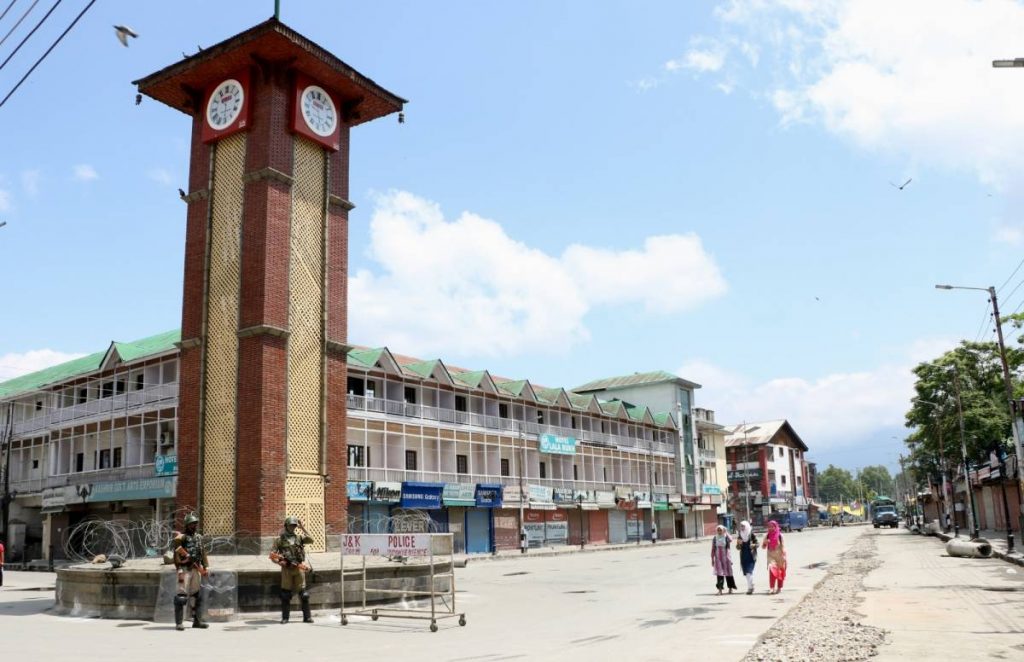
D) Employment Opportunities and skill training
Quick and transparent recruitment process. Nearly 2000 people hired and 15,000 vacancies identified.
Centres for Invention, Innovation, Incubation and Training have been established in Jammu and Baramulla as a joint venture between the Government and Tata Technologies, to provide training to unemployed engineers.
Two IT parks, one each in Jammu and Srinagar are envisaged. Rural BPOs in all district headquarters to be established.
E) Social inclusion
Social Security schemes have been expanded to include over 270,000 additional people. Transgender people have been added for the first time to provide them with pension benefits.
F) Health
Free and universal healthcare insurance scheme in J&K has been extended to all residents of the Union Territory. J&K has one of the highest budget allocation for healthcare sector (5%) in India.
Seven new medical colleges and hospitals including 2 AIIMS, 2 cancer institutes, bone institutes and child hospitals are being established in J&K.
Jammu and Kashmir has been rated a front runner in Niti Aayog’s Sustainable Development Goals 3 (Good Health and well being) after improving its score by 8 points between 2019-20 to 2020-21.

G) COVID
J&K is one of the leading states/UTs in India in COVID-19 vaccination coverage. Over 85 percent Healthcare workers have been vaccinated. 100 % vaccination of 1st dose (45+ years) in 9 out of 20 districts in the UT.
Two new 500 bed special COVID hospitals have been established in Jammu and Srinagar
Special monthly pensions and scholarships to the families who have lost their bread winners to COVID-19.
H) Education
Scholarships at pre-matric (pre 10th standard/O level), post matric levels have been nearly trebled. 2 new AIIMS, 7 new medical college, 5 new nursing colleges and 2 state cancer Institute are being established in the Union Territory of Jammu and Kashmir.. Seats for graduation in medicine (MBBS) have been increased from 500 to 1100.
50 new colleges are being established with additional opportunities to over 20,000 students.
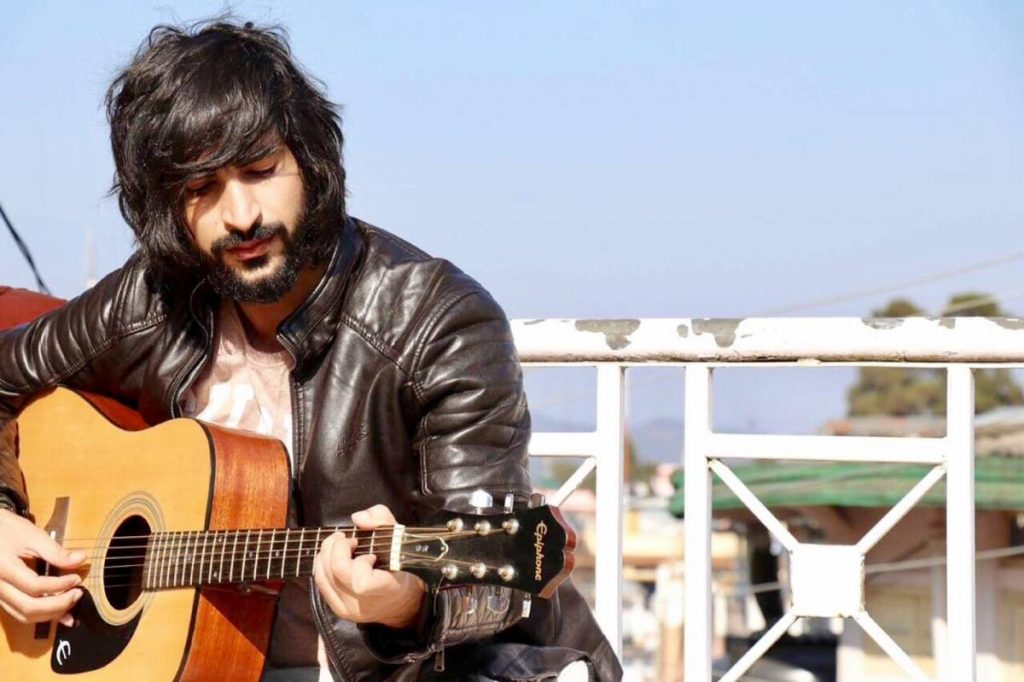
Translation of text books in local languages of Dogri, Hindi, Kashmiri and Urdu for primary schools.
Two special Centers in Jammu and Srinagar for providing tutoring and guidance to students for civil services and other competitive examinations under the PARVAAZ Scheme. In addition, scholarship assistance will also be provided to students.
I) Agriculture
Government of J&K has entered into an agreement with National Agricultural Cooperative Marketing Federation of India Ltd (NAFED) wherein NAFED will invest nearly 230 million USD into high density plantations of Apple, Walnut, Cherry, Pear over the next five years in order to increase produce.
Three cold storage clusters to be developed with the investment of INR 500 crores (67 million USD)
J) Sports
INR 200 crore (26 million USD) have been allocated under Prime Minister’s Development Package for upgradation of sports infrastructure. Development of two Khelo India Centres of Excellence in Jammu and Srinagar
K) Environment
19,000 solar street lights to be installed across J&K. 13,000,000 (13 million) trees to be planted across J&K. A new environment action plan to clean and restore 19 lakes and water bodies in J&K.


